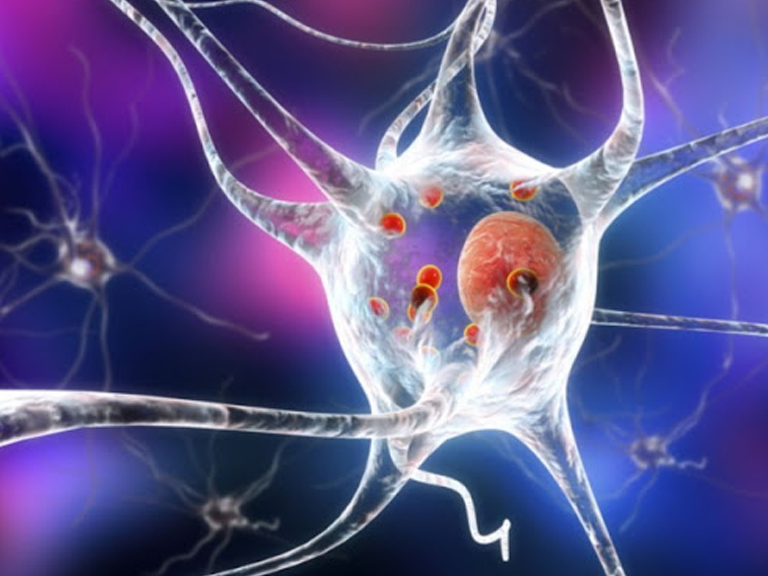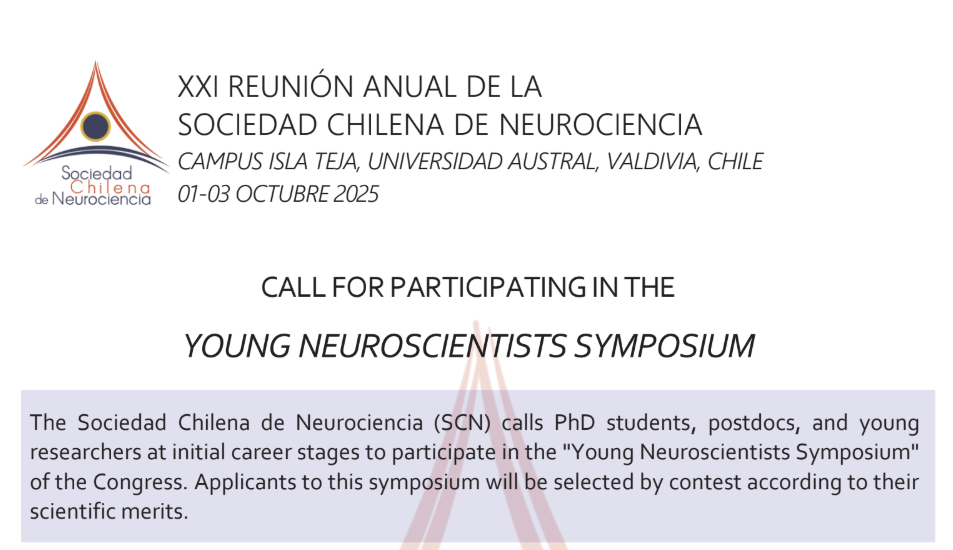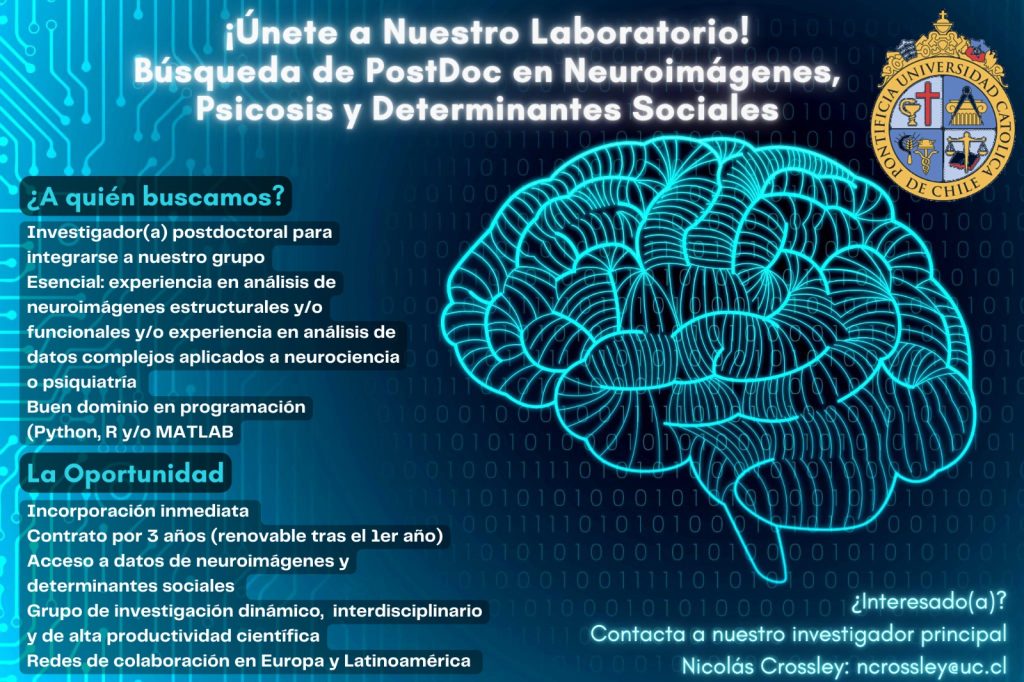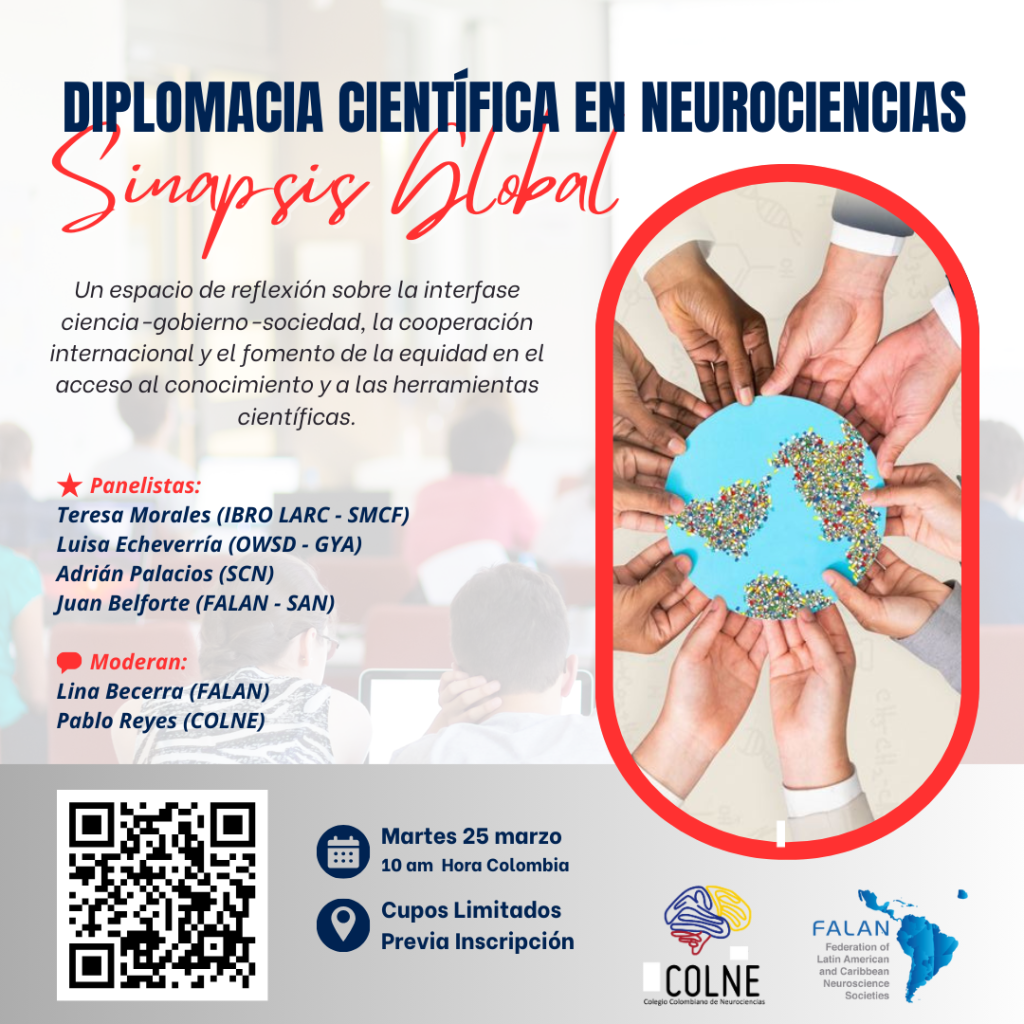2-year PostDoc position in neurobiology financed by THE BIG BRAIN THEORYPROGRAM between Institut Pasteur and ICM

Project summary
Tunneling nanotubes (TNTs) are thin membranous connections that have gained significant scientific attention as a novel mechanism of intercellular communication for providing a continuous cytoplasmic bridge between cells. By allowing versatile cell-to-cell transport of cargo (e.g. organelles, viruses, and proteins), TNTs have been associated with a wide range of physiological processes and pathological conditions. Unfortunately, due to a lack of a TNT-specific marker, evidence that these structures exist in vivo is scarce. The Zurzolo lab has established the presence of TNT-like connections in between developing cerebellar granule cells (GCs) using state-of-the art serial sectioning scanning electron microscopy and 3D image analysis techniquesin collaboration with the Litchtman lab (Harvard University) (Cordero-Cervantes et al, under submission). However, the origin of these connections remains ambiguous. This interdisciplinary project proposes to investigate whether these connections are mitotic in origin or de novo TNTs and establish their functional properties during post-natal development, using live brain slices.
The post-doc will work both at the Pasteur Institute and Paris Brain Institute. He/she will use immunohistochemistry approaches to immunolabel the cerebellar sections using midbody markers such as AuroraB kinase; and confocal and super-resolution microscopy to assess its expression location and distribution in the region of interest. In collaboration with Laurence Cathala at Paris Brain Institute, by combining patch-clamp recordings of GCs in the external granule cells layer with two-photon laser scanning microscopy the candidate will assess the cytoplasmic continuity and electrical coupling of GCsGCs connections from acute cerebellar slices. In a complementary approach, in collaboration with JeanLivet lab (Vision Institute), we will use transgenic mouse that combines Brainbow technology with Cre-recombinase expression in neural progenitors to create a faithful lineage tracing by mosaic analysis. Multicolor clonal tracking will be performed on acute cerebellar slices using confocal and STED microscopy to assess whether clonal pairs identified by the expression of identical color marker combinations are connected.
The post-doc will benefit from an interdisciplinary environment thanks to ongoing collaborations with Institut Pasteur campus labs of David DiGregorio and Jean Baptiste Masson, as well as with Jean Livet of the Vision Institute in Paris, to carry out some of the tasks in the project.
Desired skills
We are seeking to hire outstanding, enthusiastic and autonomous postdoctoral scientist eager to work on an interdisciplinary project. Experience in handling/sectioning tissues, confocal microscopy and image analysis as well as a neuroscience or developmental biology background will be very useful.
Further information
The position is open immediately and is funded for two years (possibly extensible) by the THE BIG BRAIN THEORY PROGRAM granted to Prof. Chiara Zurzolo at IP and Dr. Laurence Cathala at ICM. Candidates should apply by sending a CV, a motivation letter as well as the name and contact details of at least two academic references to chiara.zurzolo@pasteur.fr and laurence.cathala@icm-institute.org
Lab full link &publications: https://research.pasteur.fr/en/team/membrane-traffic-and-pathogenesis/










